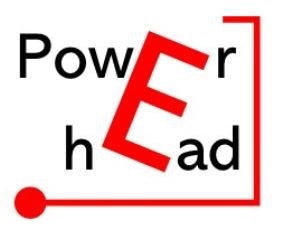Powerhead
Empowering Higher Education in Adopting Digital Learning


Context
Before the Covid-19 pandemic, higher education institutions were embracing digital learning, but mostly, this seemed to happen ad-hoc, in a haphazard way. Therefore, a more structural approach was needed, as suggested by the Paris Communiqué (2018). The Bologna implementation report (2018) stated that different Bologna countries were at different levels of implementation of national policies in this area.
During the pandemic, higher education institutions in Europe have been forced to rapidly implement digital education on a much large scale. Even today, there are still many remaining questions among actors in higher education. The most important open question is what higher education will look like in the long term. To shape this policy on digitalisation post-Covid-19, we can draw on today's experiences and learn lessons about the long-term use of educational technology in higher education.
Target groups
The target groups of this project are: national authorities of the EHEA-countries (reachable through the BFUG) and the stakeholders of higher education (higher education institutions, students, academic staff, employers, etc.).
Expected impact
Enhancing and stimulating digital learning and teaching in a sustainable way relates to the priority of Learning and Teaching of the Bologna process, but also plays a part in the realization of mobility, the social dimension and lifelong learning. The impact expected is multidimensional.
